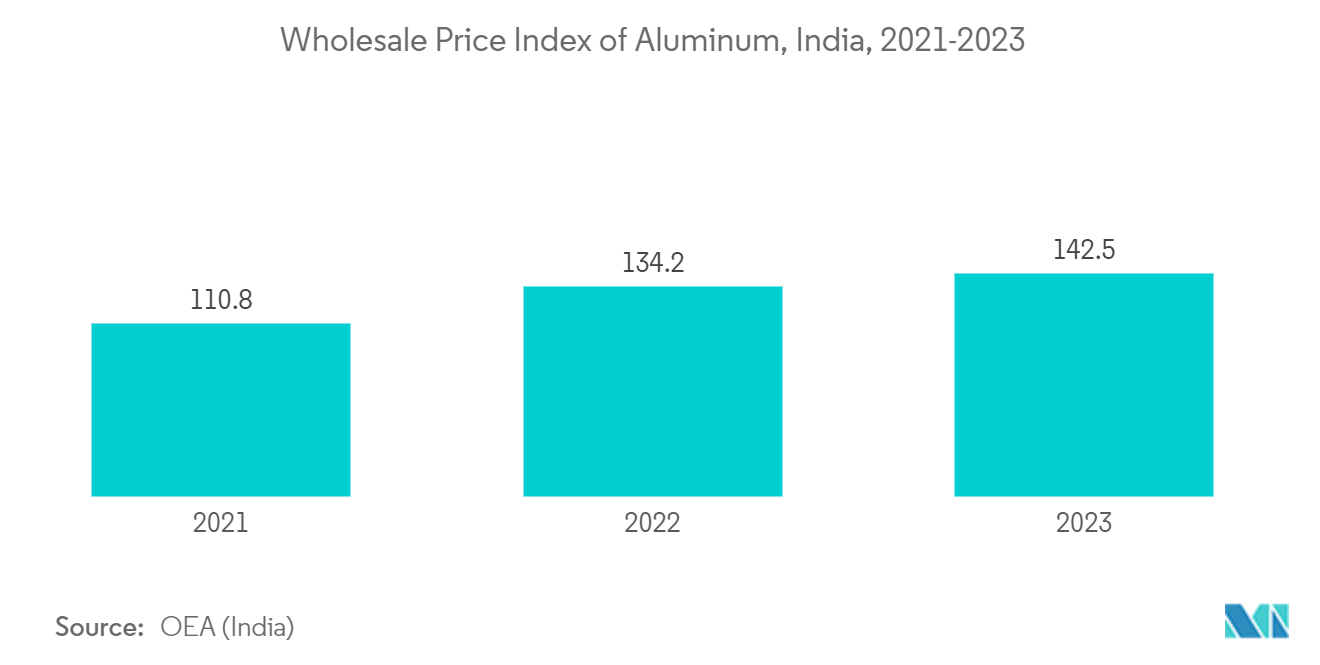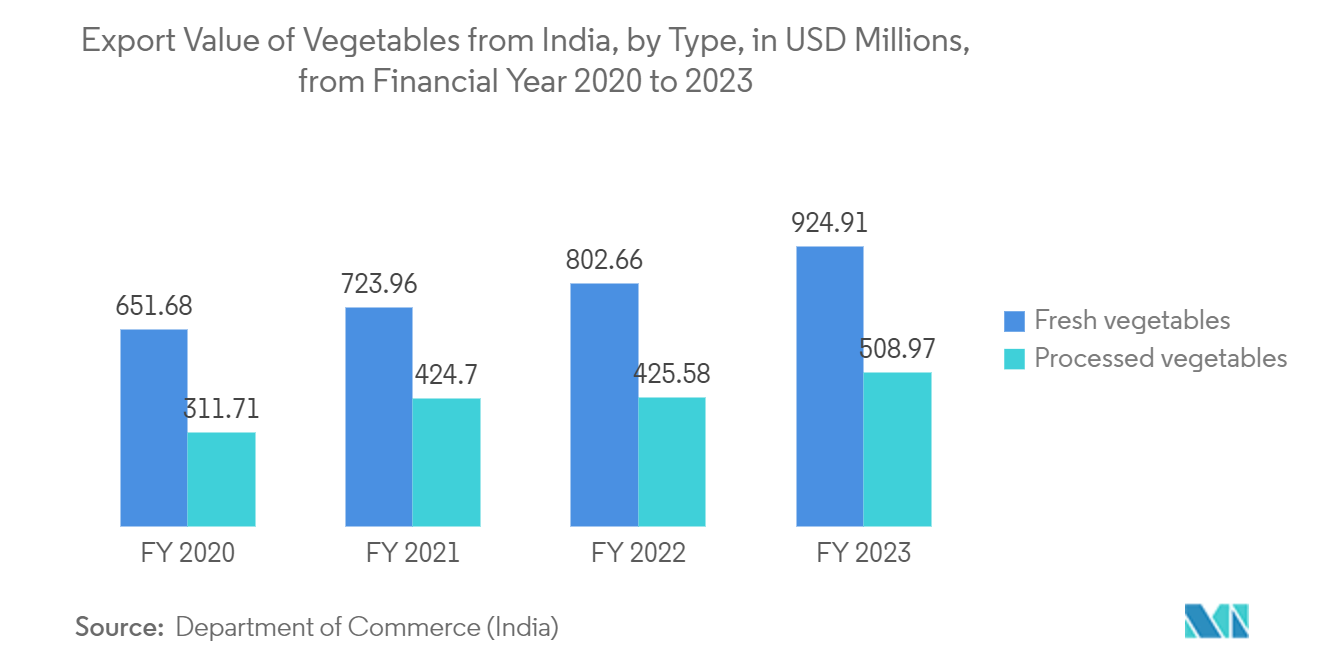Market Trends of APAC Food Cans Industry
Aluminum Cans to Witness Growth in the Market
- Aluminum is the primarily used material for manufacturing cans as it is infinitely recyclable. It provides a superior metal canvas for 360-degree labeling and helps to protect the flavor and freshness of food packed inside, which manufacturers mostly prefer.
- The demand for aluminum cans is increasingly driven by manufacturers of ready-to-eat food for storage as they help improve packing efficiency in terms of lower transportation costs and significant brand engagement benefits. Aluminum can sales are increasing due to consumer trends such as a preference for smaller, multi-pack packaging formats, particularly in the ready-to-eat food segment. As a result, many companies offer mini cans with smaller amounts of products that are typically less expensive than traditional cans.
- Recently, Ayam Sarl, a plant-based food company, has designed delicious products formulated by Asians for Asians in formats that its customer base could use day-to-day in their preferred traditional dishes without compromising taste or convenience. Hence, the company launched Yumeat. While many plant-based meat and seafood products occupy supermarkets' chilled and frozen sections, the company went a different way for its yumeat products. It launched shelf-stable cans that do not require refrigeration. This meant the company could outperform its competitors in two key areas: convenience and affordability. Such innovations in the region would leverage the market for food cans.
- Moreover, the wholesale price index of aluminum across India in 2023 is 142.5, according to OEA India, and it was 134.2 in 2022. Also, from being primarily a consuming country, Indonesia is now spreading its wings as a key exporter of cans in the Asian market. Indonesia exports aluminum cans to several countries, including Brunei Darussalam, France, Malaysia, Nigeria, Oman, Papua New Guinea, the Philippines, etc.

India to Gain Highest Growth
- The demand for canned food packaging in India has extended drastically, spurred by the fast growth in consumer markets, particularly in processed food. The packaging industry is driven by a rising population, increasing income levels, and changing lifestyles, which are anticipated to drive consumption across various sectors, leading to higher demand for packaging solutions. Moreover, demand from the rural sector for packaged products is fueled by the growing media penetration through the Internet and television.
- According to the Indian Institute of Packaging (IIP), packaging consumption in India has increased by nearly 200% in the last decade. Further, India is emerging as an organized retail destination in the world. The presence of e-commerce is expanding and is bringing about a revolution in the retail sector, driving the need for packaging. Therefore, organized retail services and the boom in e-commerce offer enormous potential for the future growth of retailing in India, which in turn is promoting the growth of the packaging sector. Such factors drive the food cans market in the country.
- According to the Ministry of Environment, Forest and Climate Change in December 2022, the Plastic Waste Management Rules, 2016, provide the statutory framework and the authorities for enforcement of the rules, including a ban on identified single-use plastic items. As sustainability has become a key concern, packaging industry end-users, including online marketplaces, have switched to sustainable solutions. Such a ban on single-use plastics would leverage the country's metal cans market.
- The Ministry of Food Processing Industries (MoFPI) is taking all measures to boost investments across the value chain. The food processing industry has a share of 12.38% in the employment generated in all Registered Factory sectors, engaging approximately 1.93 million people. Major sectors constituting the food processing industry in India are grains, sugar, edible oils, beverages, and dairy products.
- The food processing sector is driven by changing demographics and lifestyles, the availability of raw materials, and more. According to the Department of Commerce (India) ,In the fiscal year 2023, India's export revenue from fresh vegetables reached approximately 924 million U.S. dollars. In the same year, processed vegetables were valued at almost 508 million dollars. The country's processed food sector is booming with opportunities, and the government is also focused on sustainable packaging solutions, driving the market growth over the forecast period in the country.


